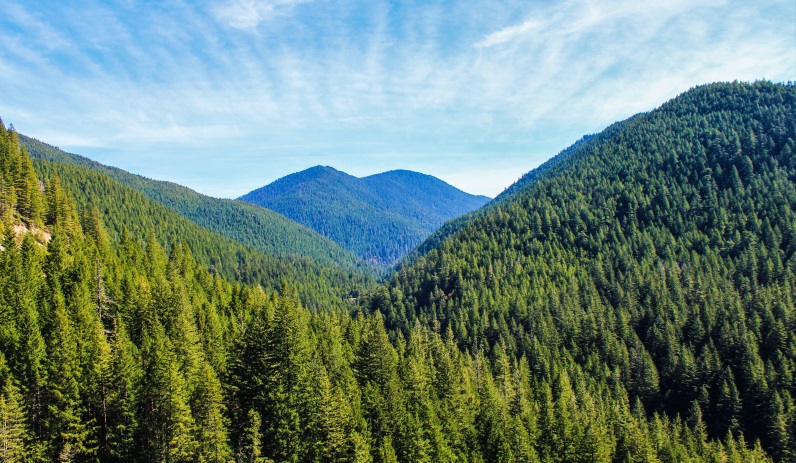Pulling garden weeds on a sunny day behind cabin 9, one of the original buildings from the 1929 mining town, a grateful, enamored feeling bathed me with the reality that I finally live in this ancient community. One factor that attests to how aged this cabin and its surroundings are is the stable lichen population growing on the wood panels that make up the vegetable bed. Kneeling there, with muddy knees, kneading the soil with my hands, I could not help but marvel at the idea that the slow-growing Peltigera lichen had been there all the while back when I had no idea what lichen even was. Laughing, I indulged in the selfish notion that these lichen were waiting for me even before my birth, knowing that one-day, I would notice their existence.
I grew up in the suburban sprawl of Washington, DC, in a rural town built along a highway where ticky-tacky subdivisions and McMansions are mistaken for communities and the diversity of restaurants range from McDonald’s to Burger King. When I was growing up, my town did not have outdoor school or environmental education of any kind. Even so, by some miracle, I realized that I wanted to contribute to the environmental movement of my generation. It was not until I came to Opal Creek that I realized what that meant to me.
In the summer of 2011, I signed up for the old-growth forest ecology course taught here through Portland State University. I had no idea that this course would change the trajectory of my life. It was the end of my second year as an Environmental Science major and although I enjoyed the subject, the classes were less than what one would call engaging, cramped into a 200-person lecture hall. As soon as my 20-person class arrived to Opal Creek, we began a 5-hour hike in with Dr. Trygve Steen, who is the personification of the wise Douglas fir, and John Villella, the first naturalist and instructor of Opal Creek. For the next eight days these two characters proceeded to bewilder and astonish me with their scientific research of the old-growth forest.
The class presented to me the complex ubiquitous connectivity of life within the wilderness and inspired me to deepen my academic study. Opal Creek is the only reason I double majored in Environmental Science and Biology, volunteered hundreds of hours at a bryophyte ecology lab, and successfully completed an honor’s thesis researching air quality on Mt. Hood using lichen as biomonitors. This place literally made me who I am today and continues to waken my interest. As I will watch the plants respond to the changing seasons in the eight months that I am living here I cannot help but feel a part of it all.
I am a part of this timeless ecosystem that has stood by and witnessed the Kalapuya Native Americans live by the cycles of the river, returning to this sacred place with the ebb and flow of the huckleberries. I am a part of the movement that saved the largest and only remaining low-elevation cathedral forest in Oregon. I am a part of the experience that belongs to the participants in our programs, giving me the opportunity to broaden their perspective of the changing world we live in.


